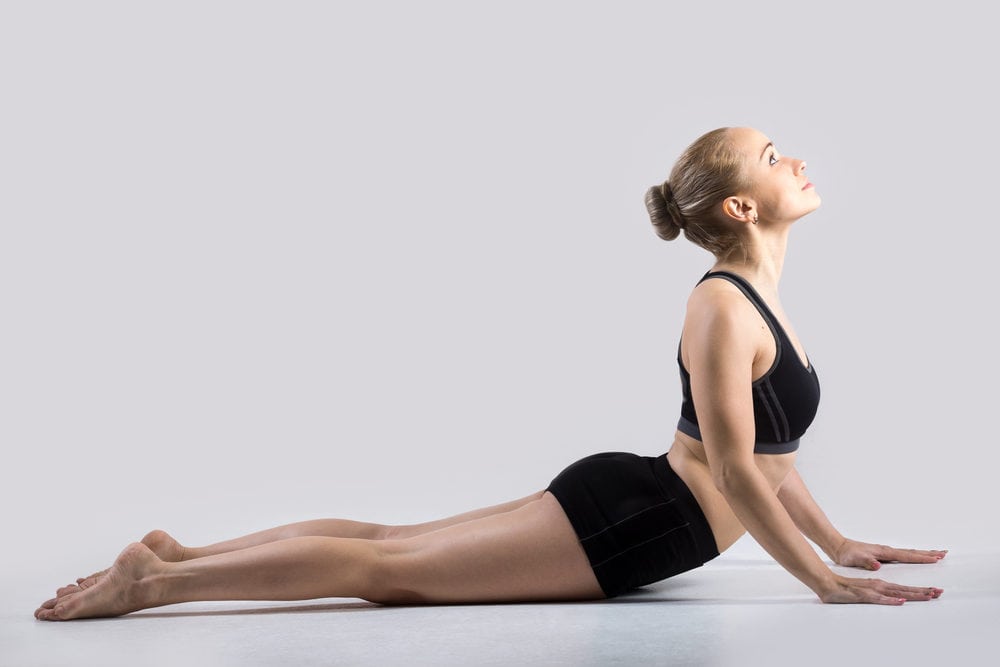

In this lesson, we examine backbending poses as a category, and ways to apply this knowledge in teaching.
Objective
Become proficient in the nature and effects of backbending poses, and considerations for wisely teaching and sequencing them.
Description
Describe the primary effect of backbends and a secondary effect that is experienced in active backbends. Define the anatomical term “extension” and explain what is meant by spinal extension in yoga. List categories of backbends, the actions that characterize them and an example of each. Describe the general physical and energetic effects of backbends. Define “nutation and “counternutation” and explain the proper action of the sacrum during backbending. Explain the circumstances under which students will likely benefit from contracting the glutes in backbending and when it is usually best to relax the glutes. Describe low body engagement and alignment practices to support healthy backbending. Describe sequencing considerations and provide a list of backbending poses.
Vocabulary
anuvittasana, ardha bhekasana, backbending poses, bhekasana, bhujangasana, chatush padasana, counternutation, dhanurasana, drop back, dwi pada pitham, hasta uttanasana, mandukasana, matsyasana, nutation, purvottanasana, salabhasana, salamba bhujangasana, setu bandhasana, supta virasana, urdhva dhanurasana, urdhva mukha svanasana, ustrasana
To view this page and thousands more, we invite you to join Yoga Teacher Central, serving teachers since 2012.
You'll get instant access to a massive, organized library of practical and time-tested lessons, plans, and support for yoga teachers and trainers.
The entire site is member-supported and ad-free.